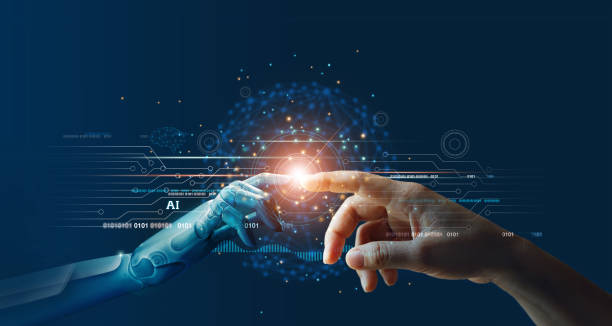Today, Nvidia Corp. disclosed how it is utilising artificial intelligence models to address some of the most important issues facing the pharmaceutical and retail sectors, such as the identification of novel proteins and the development of improved theft prevention techniques.
Particularly impressive is the company’s collaboration with Evozyne Inc., which offers a fresh approach to speed up medication discovery and address other issues. In a joint article published today, Nvidia explains how it collaborated with Evozyne to develop two proteins with substantial application potential in clean energy and healthcare.
Using an Nvidia pretrained AI model, the proteins were made. In the BioNeMo software framework from Nvidia, a transformer model called ProtT5 is provided for building AI models for healthcare.
As a molecular engineer who combines chemistry and machine learning, Andrew Ferguson of Evozyne remarked, “BioNeMo truly gave us everything we needed to enable model training and then perform jobs with the model extremely quickly — we could generate millions of sequences in just a few seconds.”
The ProtT5 AI model reads the amino acid sequences found in the millions of proteins. Then, it applies the same methods used by neural networks to comprehend text to discover how proteins are put together in nature. Then, using ProtT5, the researchers predicted how to develop novel proteins that would be appropriate for the issues that Evozyne is trying to address.
One of the proteins was created to treat a congenital condition, and the other protein was created to absorb carbon dioxide to slow global warming. Even in this initial round, the AI model produced synthetic proteins that were just as good as those found in nature, which was very encouraging, according to Ferguson. That indicates that it has correctly absorbed the natural design principles.
A sluggish, hit-or-miss process termed directed evolution is used in conventional techniques of creating new proteins; it can only modify a small number of amino acids in a sequence every minute. Evozyne claimed that it was able to speed up this procedure to navigate an absurdly large number of potential protein sequences using machine learning.
Ferguson continued, “We’re making enormous leaps, allowing us to examine previously unseen proteins that have new and practical activities. “We are now able to perform things that were only dreams ten years ago because to technology.”
Evozyne stated that company intends to employ ProtT5 to create a variety of novel proteins in an effort to treat a wide range of illnesses and combat climate change. The potential for AI-accelerated protein engineering, it continued, is enormous. Ferguson remarked, “The field is moving quite quickly, and I’m really excited to see what happens next.”
AI theft deterrence
Three distinct “Retail AI processes” were developed by Nvidia to combat retail fraud.
Because they are pretrained with thousands of photos of the most frequently stolen goods in the retail sector, the workflows, which are based on Nvidia’s low-code AI application development platform Metropolis Microservices, may be used to construct a new type of “loss prevention” apps for stores. They also provide software that enables simple integration with point-of-sale systems and object tracking systems in retail establishments.
Shrinkage, or the loss of items due to theft, damage, and misplacing, is a $100 billion issue in the retail sector, according to Nvidia. According to Nvidia, theft accounts for an estimated 65% of shrinking losses. Additionally, it’s been reported that stealing is on the rise at the same time that the price of food and other necessities is growing.
The director of the Loss Prevention Research Council, Read Hayes, noted that “retail theft is expanding as a result of macro dynamics and threatens to overrun the business.” Businesses are increasingly having to deal with the fact that investing in loss prevention solutions is essential.
They are a part of the Nvidia AI Enterprise software suite and contain a Retail Loss Prevention workflow that can identify hundreds of different items, such as meat, alcohol, and laundry detergents, that are frequently lost to theft. A “few-shot learning approach” created by Nvidia Research serves as its foundation. In order to increase the model’s accuracy over time, it can be used in conjunction with active learning to recognise and record new products scanned by consumers and sales associates at the checkout.
The other one consists of a Multi-Camera Tracking methodology that may be used to set up a system for following specific products between different retailers. To reduce the possibility of merchandise departing from the shelves without being purchased, the system may keep track of every single item for sale in a store and maintain a separate ID for each one. Finally, there is a workflow for retail shop analytics that uses computer vision to produce analytics like patterns in customer traffic, aisle occupancy, and other crucial indicators.
According to Nvidia, the beauty of these workflows is how readily developers can modify them for various retail establishments. “Nvidia’s new Retail AI Workflows built on Metropolis Microservices allow us to tailor our solution, scale quickly to better meet the needs of our ever-expanding clients,” said Bobby Chowdary, chief technology officer at a company named Radius.AI Inc. that specialises in retail intelligence.








